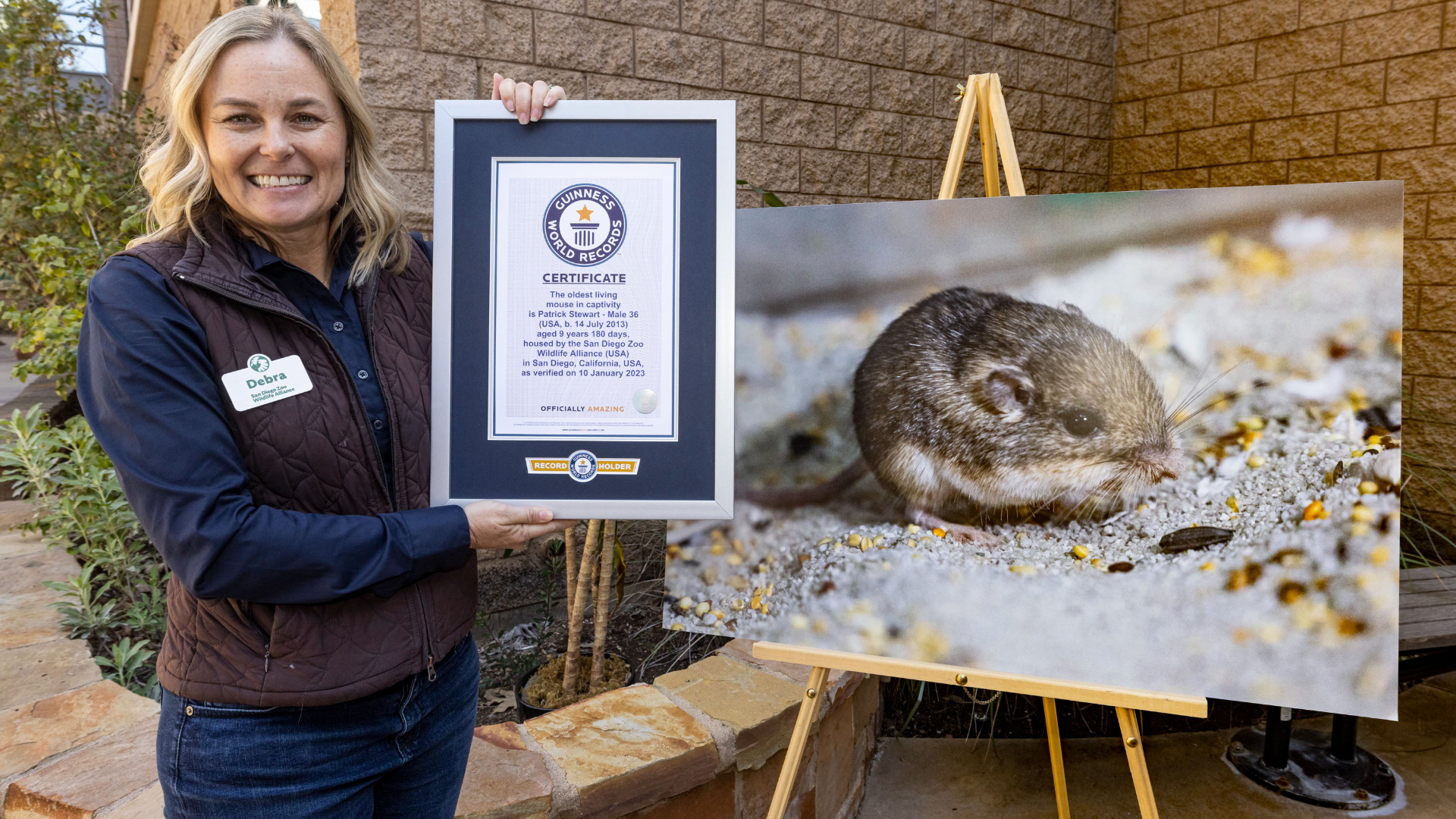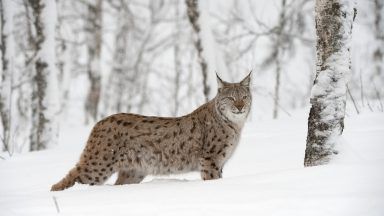A tiny mouse in California has received a big title after becoming a Guinness World Record holder.
The Pacific pocket mouse, named Pat after Star Trek star Sir Patrick Stewart, is the oldest living mouse in human care at the age of nine years and 209 days.
On July 14, 2013, Pat was born at San Diego Zoo Safari Park under a conservation breeding programme, the San Diego Zoo Wildlife Alliance said.
Weighing only 10g, the Pacific pocket mouse is the smallest mouse species in North America and gets its name from cheek pouches the animals use to carry food and nesting materials.
Endemic to coastal scrublands, dunes and riverbanks within about two miles of the ocean, the Pacific pocket mouse’s range once stretched from Los Angeles to the Tijuana River Valley.
Because of human encroachment and habitat degradation, their numbers dropped sharply after 1932 and for 20 years, they were thought to be extinct until a tiny remnant population was rediscovered in 1994 at Orange County’s Dana Point headlands.
By then, the species had been reduced to just a few small populations, isolated from one another by long distances and urban barriers.
In 2012, the alliance began a breeding programme to help save the mouse from extinction.
Last year, it recorded 117 pups born in a record 31 litters.
Many of the mice will be reintroduced to the wild this spring, but the species remains endangered.
 San Diego Zoo Wildlife Alliance
San Diego Zoo Wildlife AllianceA new population of Pacific pocket mice was established in Orange County’s Laguna Coast Wilderness Park and the mice began breeding without human assistance in 2017.
Though it does not receive the publicity of larger and more charismatic species, the Pacific pocket mouse is critical to its ecosystem because the mice disperse the seeds of native plants and their digging encourages plant growth, the alliance said.
Debra Shier, who established and oversees the conservation programme, said: “This recognition is so special for our team and is significant for the species,”
“It’s indicative of the dedication and incredible care we as an organisation provide for each species, from the largest to the very smallest.
“This acknowledgement is also a symbol of appreciation for species that people don’t know much about because they’re not charismatic megafauna, but are just as critical for ecosystem function. These overlooked species can often be found in our own backyards – like the Pacific pocket mouse.”
Follow STV News on WhatsApp
Scan the QR code on your mobile device for all the latest news from around the country






























